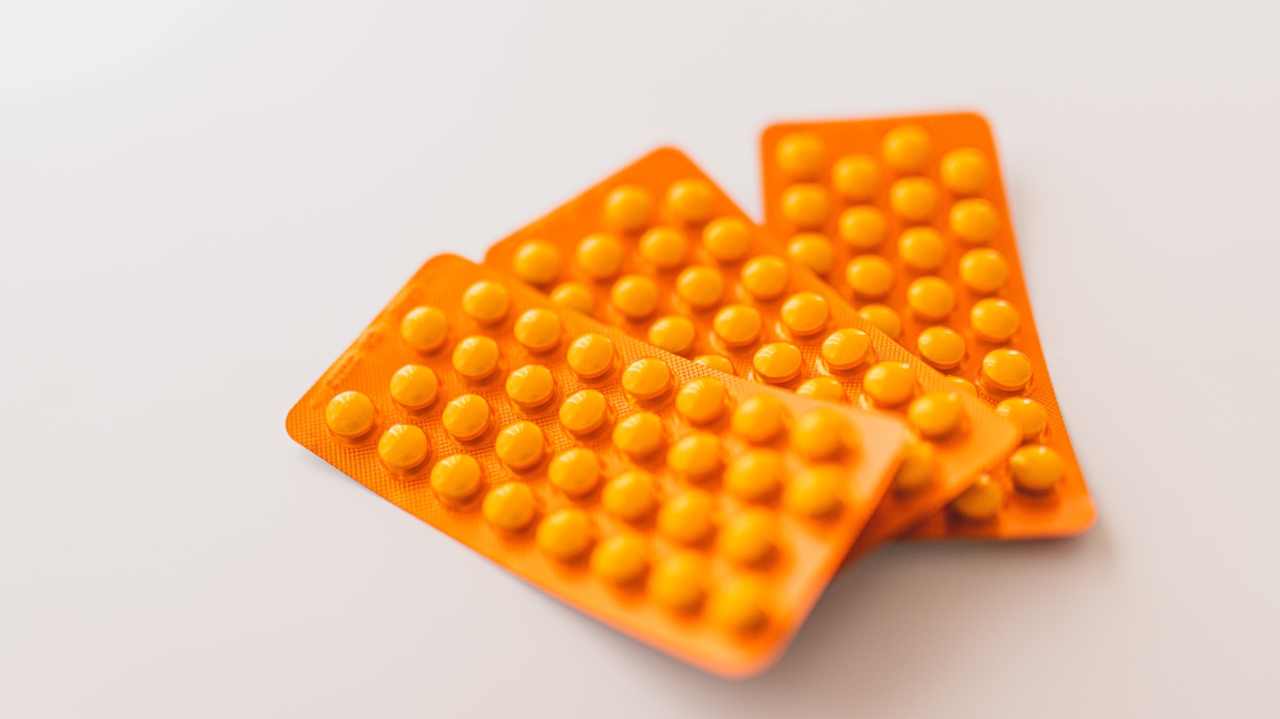Living with migraines can be incredibly challenging. The intense throbbing headache, accompanied by nausea, sensitivity to light and sound, can disrupt your daily life and leave you feeling helpless.
While migraines cannot be cured, there are various strategies that can help manage and provide relief from the symptoms. In this article, we will explore some effective migraine management techniques that can make a significant difference in your life.
1. Identify and Avoid Triggers
One of the first steps in managing migraines is identifying the triggers that often lead to an episode.
Keeping a migraine diary can help you track potential triggers such as certain foods, hormonal changes, stress, environmental factors, and lack of sleep. Once you have identified your triggers, you can take steps to avoid or minimize exposure to them.
2. Create a Calm Environment
During a migraine attack, creating a calm environment is essential for relief. Find a quiet, dark room where you can rest and minimize sensory stimulation.
Close the curtains to block out any light, play soft and soothing music, and use earplugs or noise-canceling headphones to reduce noise.
3. Practice Relaxation Techniques
Stress is a common trigger for migraines. Engaging in relaxation techniques such as deep breathing, meditation, yoga, or progressive muscle relaxation can help alleviate stress and reduce the severity and frequency of migraines.
Make these relaxation practices a part of your daily routine to manage stress effectively.
4. Stay Hydrated
Dehydration is known to trigger migraines in some individuals. It is crucial to stay adequately hydrated throughout the day. Carry a water bottle with you and sip water regularly.
Avoid excessive consumption of caffeinated and alcoholic beverages as they can dehydrate your body and worsen migraines.
5. Get Regular Exercise
Engaging in regular physical exercise can help reduce the frequency and intensity of migraines. Exercise promotes the release of endorphins, which are natural painkillers and mood elevators.
However, it is important to start slowly and gradually increase the intensity of your workouts to avoid triggering a migraine attack.
6. Apply Cold or Warm Compress
Some individuals find relief from migraines by applying a cold or warm compress to the affected area. Experiment with both methods to see which one provides you with the most relief.
Apply the compress to your forehead, temples, or the back of your neck for temporary relief from the pain.
7. Consider Acupuncture
Acupuncture, an ancient Chinese practice, involves inserting thin needles into specific points on your body. This practice is believed to help balance the flow of energy and offer relief from various health conditions, including migraines.
Consult with a licensed acupuncturist to discuss whether acupuncture may be a viable option for managing your migraines.
8. Use Over-the-Counter Pain Relievers
Over-the-counter pain relievers can provide temporary relief from mild to moderate migraines. Medications containing ibuprofen, naproxen sodium, or aspirin can be effective when taken at the onset of a migraine attack.
However, it is important to follow the instructions and not exceed the recommended dosage.
9. Consult a Healthcare Professional
If your migraines are severe, frequent, or significantly impacting your quality of life, it is essential to consult a healthcare professional.
They can assess your symptoms, identify any underlying medical conditions, and prescribe appropriate medications or treatments to manage your migraines effectively.
10. Try Alternative Therapies
Several alternative therapies have shown promise in migraine management. These include biofeedback, cognitive-behavioral therapy, herbal supplements, essential oils, and Botox injections.
While these therapies may not work for everyone, they are worth considering if you have been struggling to find relief with conventional treatments.
Conclusion
Living with migraines can be challenging, but there are various strategies available to manage and provide relief from the symptoms.
By identifying triggers, creating a calm environment, practicing relaxation techniques, staying hydrated, exercising regularly, and considering alternative and conventional treatments, you can effectively manage your migraines and improve your overall quality of life.































